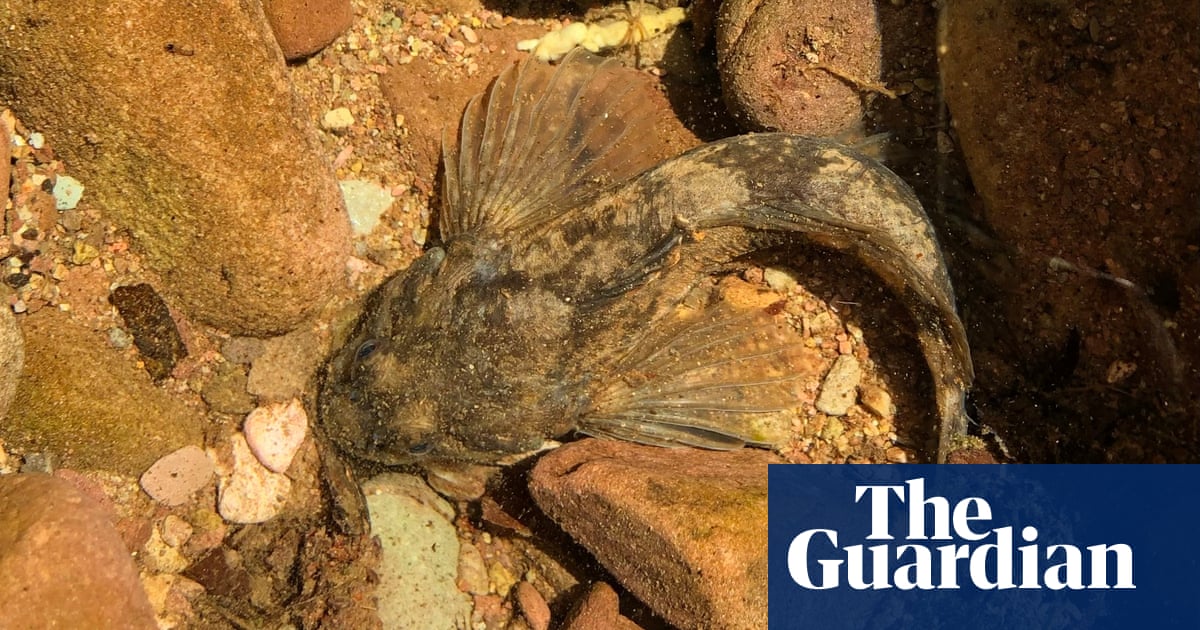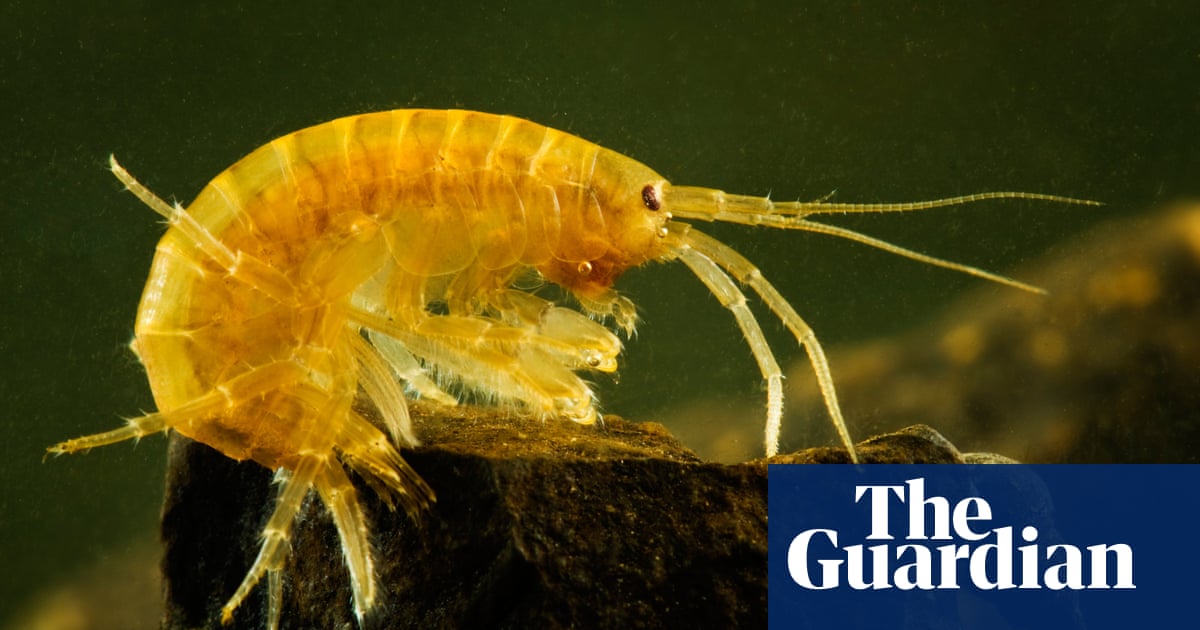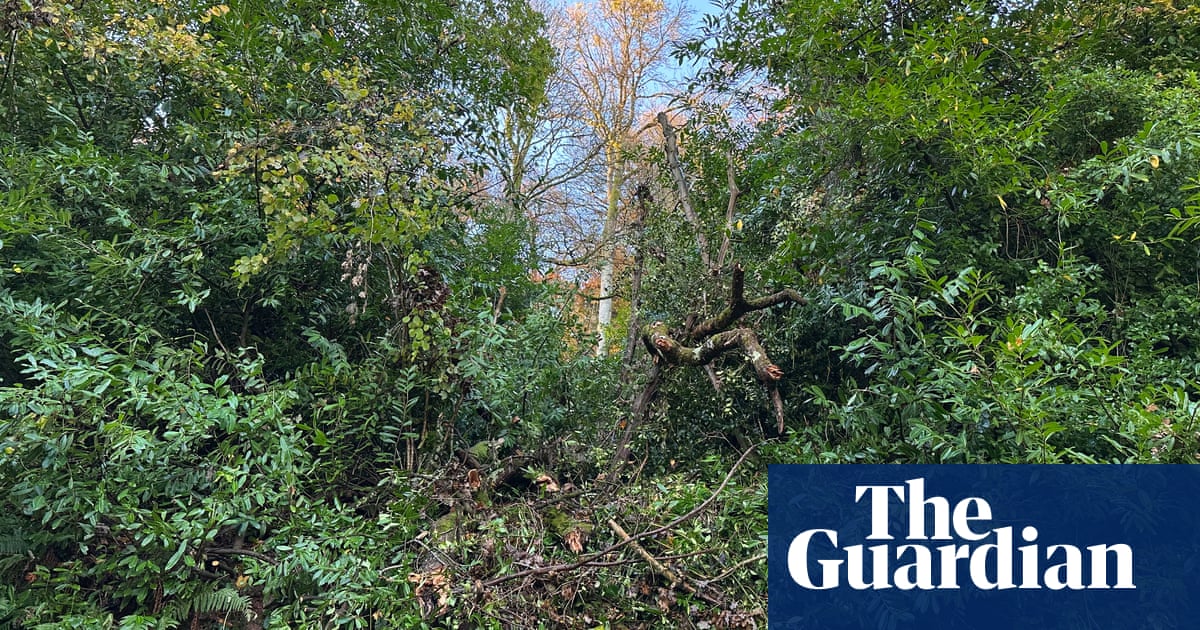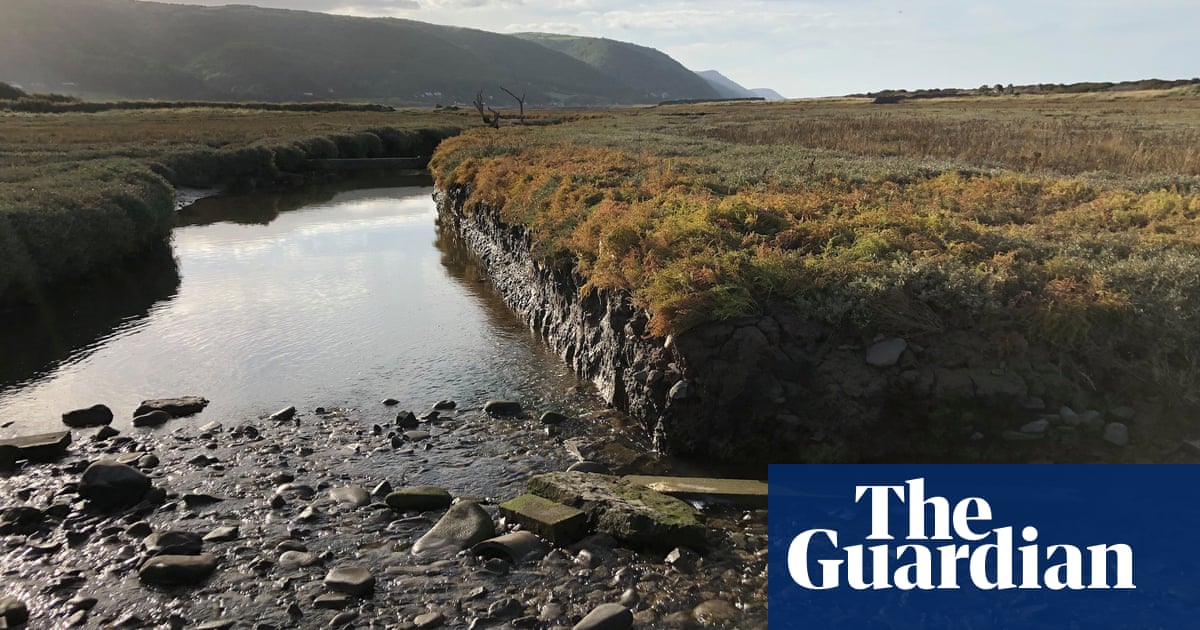
Exmoor’s rivers have been in almost continual spate this winter. Brown with peat, tumbling white over boulders, scouring the underside of bridges, the Exe, Barle and East Lyn have thrashed their way through the darkest months. I was hoping to join one of the surveys counting salmon spawning sites, but it was impossible because the water has been too opaque to see into.
From October to the end of January, female Atlantic salmon (Salmo salar) and sea trout (Salmo trutta) create hollows, or redds, on the riverbed to lay their eggs. In less turbulent weather, these scoops in the gravel show like splashes of sunlight where the dark silt has been cleared. This year the salmon probably still spawned despite the conditions, and it’s hoped the results were not swept away.
February is the start of the breeding season for other river fish. Exmoor’s pebbly, lucent streams provide a classic habitat for bullheads, also known as miller’s thumbs (Cottus gobio). These big‑headed, bulbous creatures hide under rocks, emerging at dusk to feed on invertebrates. They seem to prefer sites under bridges, perhaps because this gives them some protection from kingfishers and herons. I have seen them, troll‑like, in the shadow of footbridges across Horner Water.
If you gently half-lift a stone and wait for the bloom of debris to subside, you might find one: mottled brown with large pectoral (side) fins hooking on to the grit, holding steady in the flow. They have extraordinary eyes, prominent as beads of bubbled glass. The corneas are double-glazed, with a thick outer cover that curves like the globe of a deep-sea submersible, and then a second inner sheet over the pupil. Looking at them from above, you can see a fluid-filled space glimmering between the two layers.
One incautious movement, and the fish will scoot off. Later, when you have left, it will probably return to the exact same stone where you found it. Bullheads can recognise their home rock even when it is moved from its original location. They are strongly territorial and defend their spaces by nodding their heads, a movement that clacks their skulls against the adjacent bones, making a tiny knocking sound.












